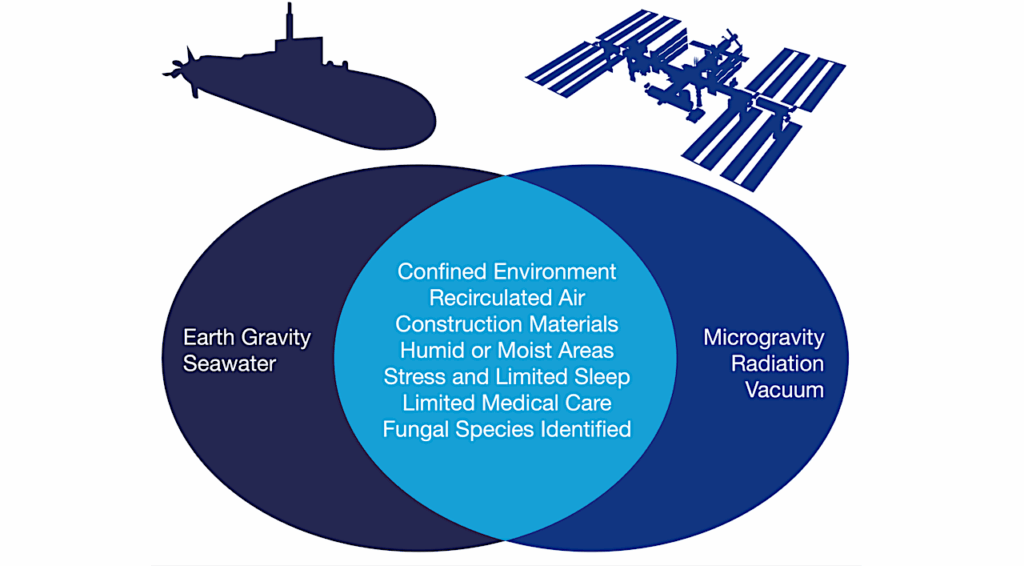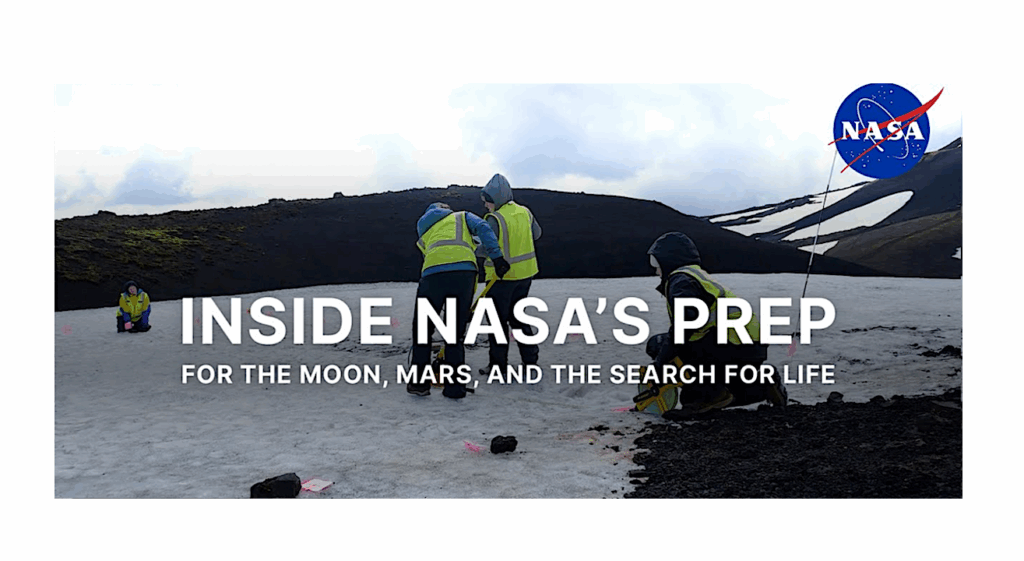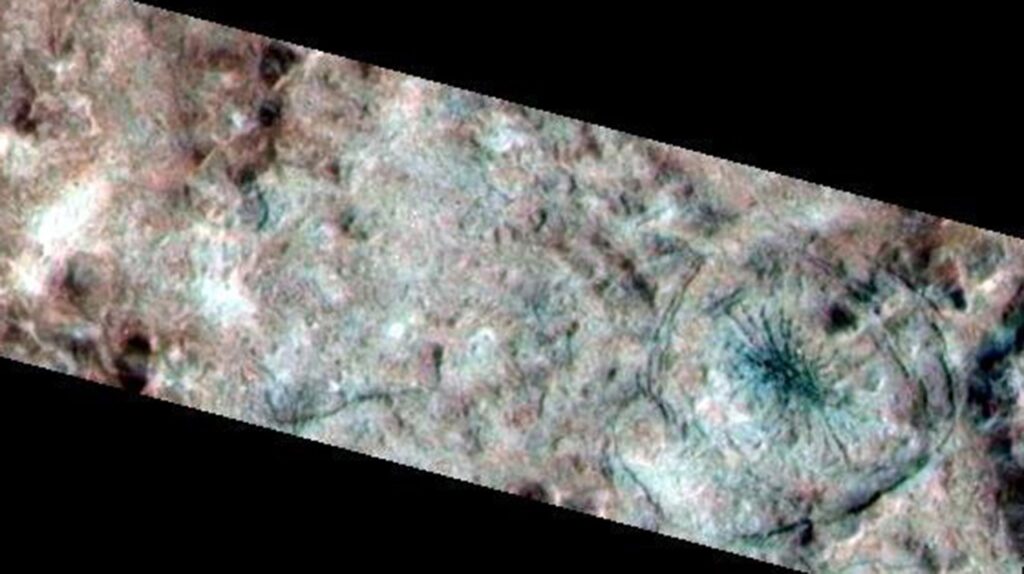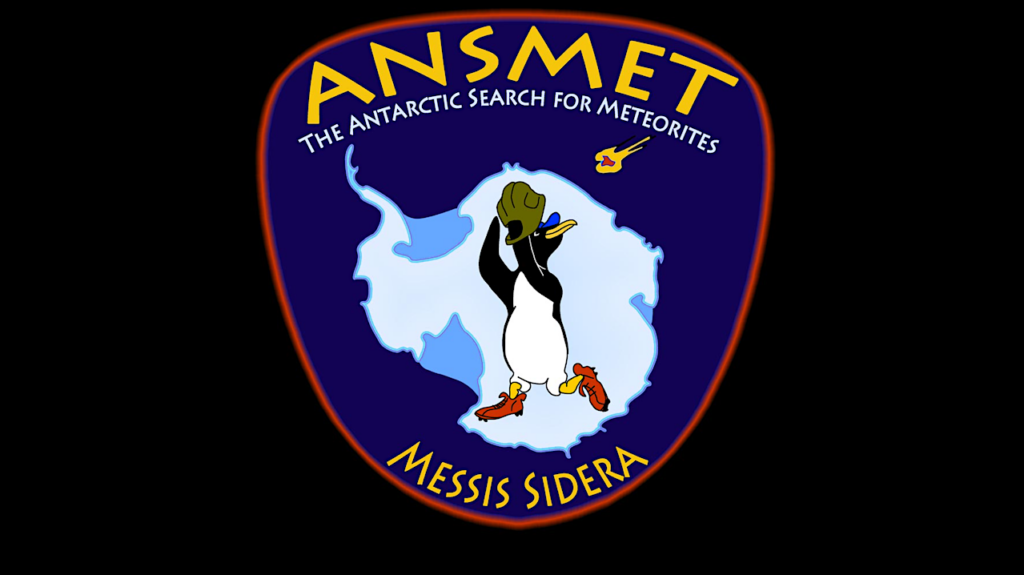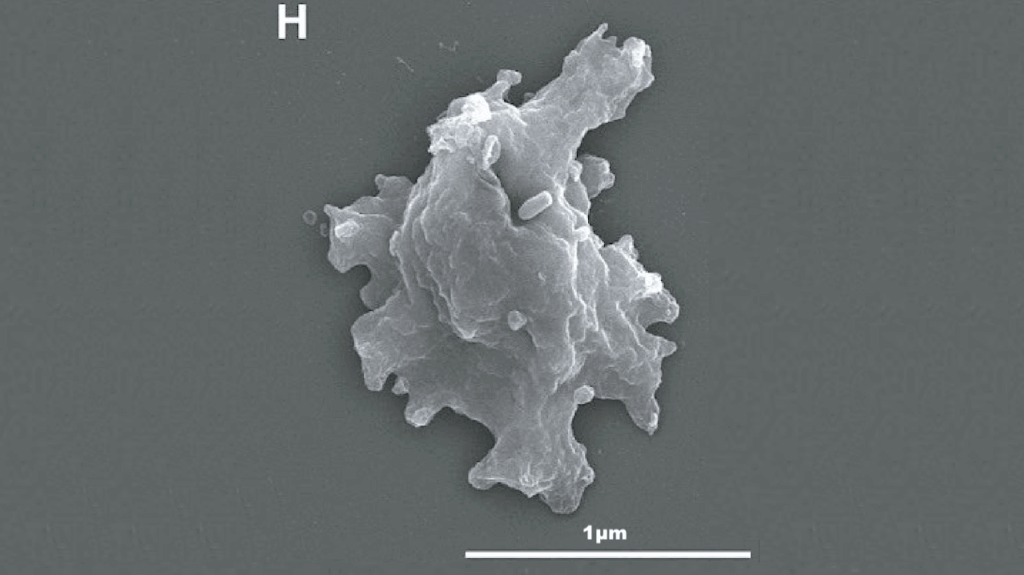Away Team Tech: The BASALT Research Program

The articles associated with this Special Collection focus on the NASA BASALT (Biologic Analog Science Associated with Lava Terrains) Research Program, which aims at answering the question, “How do we support and enable scientific exploration during human Mars missions?”
To answer this the BASALT team conducted scientific field studies under simulated Mars mission conditions to both broaden our understanding of the habitability potential of basalt-rich terrains on Mars and examine the effects of science on current Mars mission concepts of operations.
This article provides an overview of the BASALT research project, from the science, to the operational concepts that were tested and developed, to the technical capabilities that supported all elements of the team’s research. Further, this article introduces the 12 articles that are included in this Special Collection.
A human journey to Mars has long been imagined and immortalized in our collective cultural psyche by poets, writers, scientists, and technologists alike. Since the time of the Viking Missions, this momentous event has always been an elusive 30–35 years into the future; however, as this article goes to press, we find that a steep inflection in the rate of technological advancement is being met by a broad array of foundational space science and planetary research—a confluence that will optimistically serve to accelerate our path toward human exploration of Mars.
Various architectures for a human journey to Mars (e.g., Drake, 2009; “Journey to Mars” NP-2015-08-2018-HQ; Price et al., 2015; Cichan et al., 2017) include a multiple destination exploration strategy that moves human explorers from an Earth-reliant to an Earth-independent state within the next three decades. Others (e.g., Musk, 2017) envision a more direct pathway to establishing a human presence on Mars.

Internal hardware elements of EVIBs. NASA via Astrobiology via NLM
Regardless of the state of political obliquity toward landing humans on Mars, a push to get humans into deep space continues to progress and as Hubbard (2017) states “from almost any perspective, Mars is the goal for human and scientific exploration.” The question that this Special Issue addresses is, essentially, “How do we humans explore when we get there?”
In all of the mission architectures for Mars and deep space exploration, human safety will be of paramount consideration, and, as such, operational concepts and capabilities will be optimized in support of this priority as it was during humanity’s last planetary excursion—the Apollo missions.

BASALT In-Field communications architecture. Fuchsia arrows represent full-duplex (two-way) data transmission, while green arrows represent unidirectional/one-way data transmission flows. Voice communications were transmitted and received by using a Voice over Internet Protocol (VoIP) system that converted analog audio from the EV crewmember headsets to digital audio for transmission over the network. Digital video from the chest cameras was transcoded in real time by a Teradek Cube encoder into a format that was suitable for streaming over the field network. Data from the still cameras and science instruments were sent via a WiFi SD card to the EVIB computer, where they were buffered in case of network dropouts and then forwarded over the network to servers in the IV Room and MSC. Similarly, GPS and compass data were collected by the EVIB computer and converted to a format that was suitable for sending over the field network by using the open-source gps2udp software package. *During In-Sim activities, the VIS/NIR spectrometer data was sent from the field to the MSC by capturing a still photo of the display screen output and sending the image via WiFi SD onwards per earlier description. — NASA via Astrobiology via NLM
However, the drive to discover and explore our Solar System will benefit from and ultimately demand the infusion of science into the operational framework and execution cadence of the mission. We contend that to enable the consideration and prioritization of science within future human planetary exploration, we must undertake this effort as a broader community and in earnest, such that from an early stage in the architecture development process we are designing the “How?” in such a way that supports both the well-being of astronauts and their ability to conduct meaningful, productive, and efficient scientific exploration.
One element of future mission design that will require rethinking with respect to the inclusion of scientific exploration as a mission priority is extravehicular activities (EVAs; defined as any space operation or activity performed outside the protective environment of a spacecraft and therefore requiring supplemental or independent life support equipment for the astronaut; McBarron and James, 1994, p.5). EVAs will be a primary mechanism for human scientific exploration within future missions; however, few EVAs dedicated to scientific exploration have ever been performed.
The BASALT Research Program: Designing and Developing Mission Elements in Support of Human Scientific Exploration of Mars, Astrobiology via National Library of Medicine (open access)
Astrobiology, Away Team, Tricorder,


